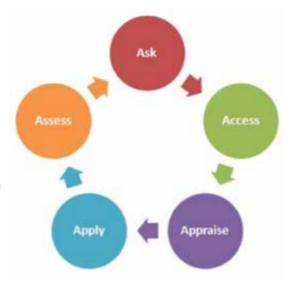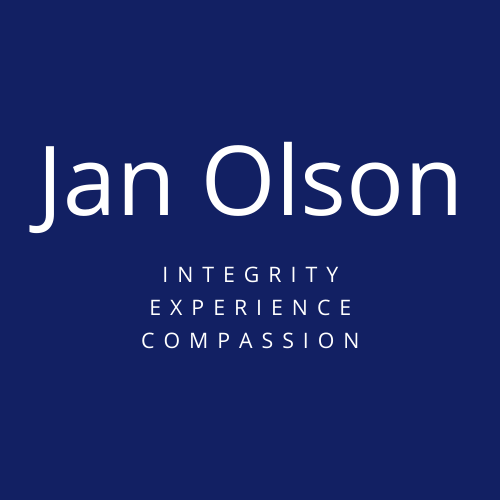
Guest Blog by Daniel Pollack.
As a last resort, there are times when properly secluding or restraining children in an out-of-home care setting can reduce their risk of injury. Contrarily, improperly secluding or restraining a child can lead to injury and liability. The use of seclusion and restraints (S/R) on children in education and health settings is not uncommon. (1) In out-of-home care settings we are unsure how frequently it occurs.
As a general rule, foster parents or staff in day care settings, or group homes, should use S/R only when a child is at risk of harming themselves or others, and verbal attempts have failed. The S/R episode should last only as long as is absolutely necessary, and only staff who have been trained in restraint techniques should use them. Further, staff should ensure that, while the child is secluded or restrained, the child’s health and bodily functioning are not impaired. Depending on the circumstances, medical personnel should be notified and involved.
All states have general regulations regarding the use of S/R in out-of-home care settings. What we don’t know is how frequently and under what circumstances they are employed, and how effective they are.
The Association of Children’s Residential Centers, in its 2017 publication, Best Practices for Residential Interventions for Youth and their Families, suggests the following research questions for courts to ask about S/R:
Have youth ever been subjected to any physical, mechanical, or chemical restraints?
- How frequently do S/R incidents occur and what culturally informed steps have the program staff taken to prevent and reduce seclusion and restraint?
- Is the staff trained to recognize signs of distress in youth, to employ trauma techniques, and with the prevention and safe use of S/R?
- Are all S/R incidents comprehensively debriefed and alternatives explored between the staff involved and their supervisors?
- Are data on S/R collected, analyzed, and reviewed by residential program leadership, and are these findings used to improve practice and outcomes? (2) Extensive research regarding the use of S/R has been done in health and correctional settings. Variables such
as gender, verbal redirection, type of setting or unit, and time of day have all been studied, and the inappropriate use of S/R has been linked with avoidable injuries. One study termed such S/R incidents “a low frequency but high consequence event…”(3)
The child welfare world is continuously striving to engage in evidence-based practice (Figure 1).
 Figure 1: The 5-Step EBP Process
Figure 1: The 5-Step EBP Process
1. ASK: Formulate an answerable clinical question.
2. ACCESS: Track down the best evidence.
3. APPRAISE: Appraise the evidence for its validity and usefulness.
4. APPLY: Integrate the results with your clinical expertise and your client values/local conditions.
5. ASSESS: Evaluate the effectiveness of the process.
This means we are incorporating valid studies, modeling, reports, assessments, and analyses into our front-line practice and decision-making.
Right now, we need the S/R evidence in order to properly incorporate it into practice. Departments of human services and out-of-home-care facilities could greatly benefit by such research, in part to help clarify when S/R is used because children may be at imminent risk of harming themselves or others, and in part to help set a legal standard of care.
Daniel Pollack is a professor at Yeshiva University’s School of Social Work in New York City. He can be reached at [email protected] (212) 960-0836.
Reference Notes
(1) U.S. Department of Education. (2012). Restraint and Seclusion: Resource Document. Available: https://www2.ed.gov/policy/seclusion/restraints-andseclusion-resources.pdf; See also Substance Abuse and Mental Health Service Administration (SAMHSA). (2011). Alternatives to seclusion and restraint in behavioral health care. Available at https://www.integration.samhsa.gov/clinical-practice/promoting_alternatives_to_seclusion_and_restraint.pdf
(2) Association of Children’s Residential Centers. (2017). Best Practices for Residential Interventions for Youth and their Families. Available at https://www2.ed.gov/policy/seclusion/restraints-and-seclusionresources.pdf
(3) LeBel, J., Nunno, M. A., Mohr, W. K., & O’Halloran, R. (2012). Restraint and seclusion use in U.S. school settings: Recommendations from allied treatment disciplines. American Journal of Orthopsychiatry, 82, 75–86.
